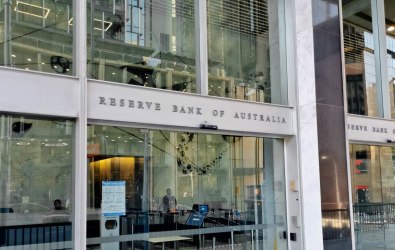Hopes of an end-of-year float rush are fading.
Australian Securities Exchange (ASX) data shows only 27 'live' floats. Many have extended their offer periods several times and are no certainty to list, and most offers are for micro-cap explorers raising less than $10 million.
At this rate, less capital could be raised through the float market in 2011 than during the global financial crisis in 2008 and 2009.
December is typically strong for floats, at least by volume, as companies rush to list before the summer holidays, when investors are hard to reach. Sometimes a stronger share market after the seasonally weak September and October can provide a platform for floats to list and capitalise on improving investor sentiment before Christmas and any new year share market rally.
A burst of initial public offerings (IPO) last year saw almost 60 companies try to list in December.
Volumes were so strong that many floats had to extend their offers into January and February this year to raise funds in an unusually crowded IPO market.
After being almost dormant in early 2010, the IPO market sprang to life in the fourth quarter, with the $4-billion QR National float, which performed well after listing in November, stimulating interest. The $2-billion Westfield Retail Trust offer was another key offer in the fourth quarter of 2010.
ASX data shows only three companies with proposed listings for this December, but that will change quickly if the share market rallies from its October low.
Companies that are IPO ready can still list by late December, although time is starting to run out given most small floats this year have needed several months to close their offer.
They typically need at least three months to prepare their float; intense share market volatility in September might have seen more companies abandon their 2011 float plans.
The big problem for IPOs is persistent high volatility, with global share markets seemingly reacting to the next headline on the European sovereign debt crisis, or economic noise.
Volatility is the IPO market's natural enemy. Small mining floats are finding it harder to raise capital amid fears about China's economy, weaker commodity prices and a lower gold price. Nothing has gone right for the IPO market in the fourth quarter.
All is not lost. The IPO market could still beat last year's volume of about 100 listings, assuming most floats close and others join them.
The upcoming NZ$300 million offer for Fairfax Media's New Zealand online auctions and classified advertising business, Trade Me, to be dual-listed in New Zealand and Australia, will help, although the offer reportedly does not include a retail component.
Even so, the value of IPOs will be sharply lower this year, with no float this year anywhere near as large as QR National or Westfield Retail Trust in 2010. Capital raised through floats in 2011 could struggle to beat $2 billion, compared to about $8 billion last year.
The $610-million trade sale of Rebel Sport to Super Retail Group this month was another blow for the IPO market and shows just how out of favour private-equity-owned assets are in the float market.
That has not stopped corporate advisers putting a positive spin on the IPO market. Some predict an end-of-year surge from resource companies looking to take advantage of firmer commodity prices.
They might be proved right if the share market rallies. But the window before year's end is starting to close for smaller companies that need several months to raise capital in a difficult float market - and it is almost shut for much larger offerings.





